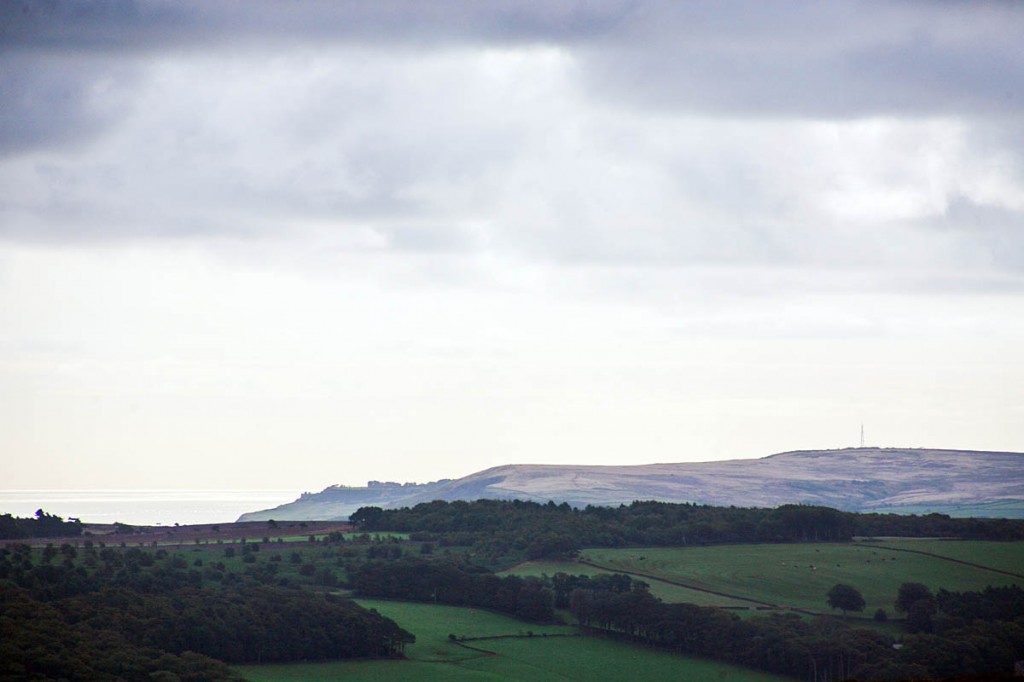A charity is calling for a public inquiry into plans for a giant potash mine in the North York Moors.
The Campaign for National Parks said the development, near Whitby, could have wider implications for planning in England and Wales’s national parks.
Four other organisations: the National Trust, Yorkshire Wildlife Trust, the North Yorkshire Moors Association and the Campaign for Protection of Rural England Coastal branch are also calling for a public inquiry.
The scheme, submitted by York Potash, would create the world’s biggest potash mine. It says the project will create 1,000 jobs, 80 per cent of which would be for local people.
It would involve a 37km (23-mile) tunnel from the sire at Dove’s Nest Farm near Sneaton, to the former ICI chemical site at Wilton on the River Tees, from where the mineral would be exported. The company wants to exploit reserves of polyhalite, a type of potash containing four minerals useful as fertilisers.
The mine head would be less than a mile from the popular long-distance walking route, the Coast to Coast Path.
The CNP called on Communities Secretary Eric Pickles to call in the planning application for the mine head and tunnel, on the grounds that it is an issue of national significance which conflicts with national policy on the protection of national parks.
Other reasons why a public inquiry is needed, it said, are that the application has significant effects beyond its immediate locality and, if approved, would give rise to substantial national controversy.
The charity said the proposal does not pass the major development test, which only allows developments of this scale in a national park in exceptional circumstances and when they can be demonstrated to be in the national interest.
Ruth Bradshaw, Campaign for National Parks policy and research manager, said the potential impact of the current York Potash application was even greater than the previous application lodged in 2013.
She said the tunnel which is part of the new application requires three access shafts. One of these is in the national park at Lady Cross Plantation, near Egton and a second just outside it at Lockwood Beck. The landscape and visual impact at both these sites and at Dove’s Nest Farm, the proposed location for the minehead, would be considerable, she said, particularly during the construction period which has been extended from three to five years.
During periods of the construction period, temporary structures will be needed at all the locations with 76m high cranes, nearly four times the height of the Angel of the North.
The CNP said there will also be an increase in traffic and at certain peak times during construction there will be a large good vehicle about every 2½ minutes, leading to increased noise levels in the early morning and late evening.
Ms Bradshaw said: “We’re very concerned about the threat that this mine poses for the North York Moors and the damage it will cause to landscape, biodiversity and recreational activities. Surveys, both by North York Moors National Park Authority and by York Potash, have shown there would significant damage to the local tourism economy, particularly during the lengthy construction period.”
She added that the planning application for the potash mine also has wider significance as it is an important test of the national planning protection for national parks: “National parks are protected in law for good reasons.
“Not only are they extraordinary landscapes providing clean water, wildlife habitats and benefits critical to a healthy environment but they also contribute significantly to the national economy. This project is simply incompatible with the statutory purposes of national parks.”
Scarborough-based York Potash said it is committed to responsible environmental management and to minimising the impact of the proposals at all times and that the project design would set new standards for sensitive development.
It promises to support community projects through a community fund that shares project revenue worth millions of pounds every year and said it will use park and ride facilities to reduce traffic movements to the mine site.
Karin Taylor, head of land use planning at the National Trust, said: “This application threatens to undermine the principles under which national parks are protected through the planning system and could even threaten the designation of the North York Moors as a national park.
“Given the scale of the development and the likely changes to the landscape, there’s a clear need for the Secretary of State to call in this application and for a public inquiry to assess the impacts and the national need for this development.”
Tom Chadwick, chairman of the North Yorkshire Moors Association, added: “If this development is allowed to go ahead it will amount to sacrificing the integrity of an English national park to satisfy an alarming trend for economic growth at any cost. That is why this planning application needs to be examined at a public inquiry.”


Maxine McGill
01 July 2015There should be an inquiry by the sec of state, because there is something biased it seems to me. For one thing what is the reason for wanting to build a mine in n.yorkshire with cottages built on the moors for workers...and so these cottages are supposed to be for local people with jobs in the mine? And the cottages are for local people who cannot commute? The law ahas to perform a balancing act and it seems to me that they HAVE NOT listened to the objectors views! And as for the saying money talks? All of the planners are supposed to have independent views with no connection to the company! Well Boulby Potash mine have objected and they were not listened to! What about the beautiful North Yorkshire Moors? What about all the heavy vehicles travelling along the route! THE SECRETARY OF STATE MUST HOLD AN INQUIRY!